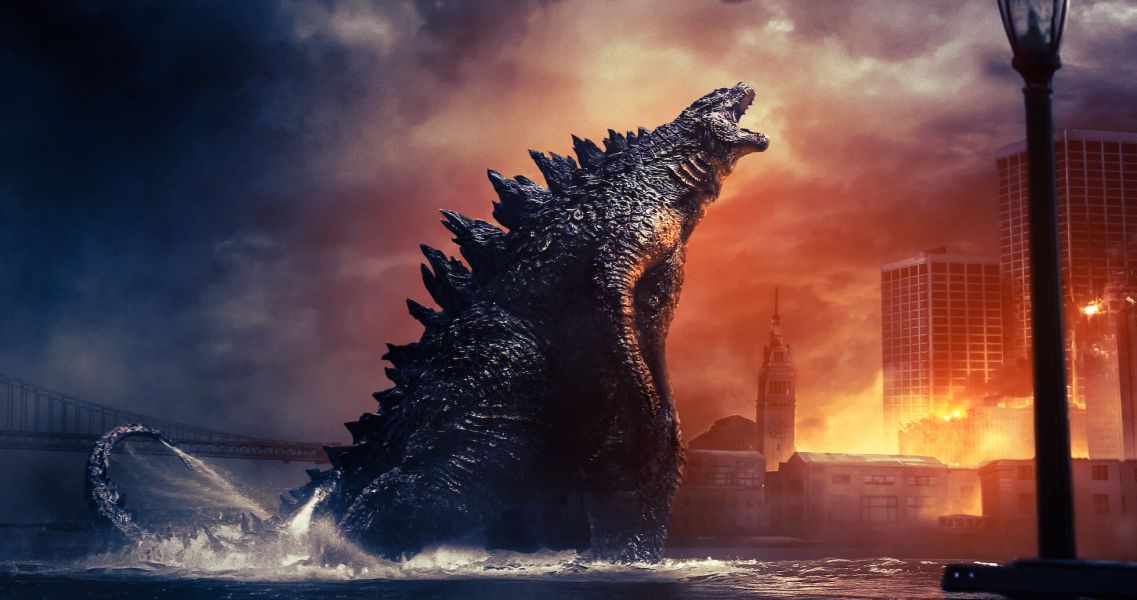Godzilla
directed by: Ishiro Honda, year: 1954
actors: Takashi Shimura, Momoko Kōchi, Akira Takarada, Akihiko Hirata
actors: Takashi Shimura, Momoko Kōchi, Akira Takarada, Akihiko Hirata

Description:
Godzilla (1954) is a landmark Japanese science fiction monster film directed by Ishirō Honda. The story follows a rampaging giant creature awakened by nuclear tests, as scientists and a besieged city struggle to survive its onslaught. Through stark black-and-white imagery, claustrophobic urban devastation, and a haunting score, the film uses allegory to address postwar anxieties and radiation fears, while launching the enduring kaiju genre and Toho's blockbuster legacy.Keywords:
Radiation, Science Fiction, Kaiju, Monster Movie, Disaster Film, TokusatsuWhy is it called Godzilla minus one?
"Godzilla Minus One" is the title of the 2023 film that serves as a direct sequel to the original 1954 "Godzilla." The "minus one" refers to the state of Japan in the aftermath of World War II, indicating a nation that feels devastated and diminished, symbolizing loss and struggle. The film explores themes of resilience and survival as Godzilla emerges again, representing both the destruction and the existential threat faced by the country. The title thus encapsulates the emotional and historical context of the story.
What is Godzilla's weakness?
In the "Godzilla" franchise, Godzilla's weaknesses can vary depending on the specific film or storyline. Generally, Godzilla is vulnerable to powerful weapons and energy sources, particularly those that exploit its atomic nature. In some films, specific elements like the Oxygen Destroyer or advanced technology from humans pose significant threats. Additionally, Godzilla can be weakened by other kaiju (monsters) that possess unique abilities, such as atomic breath or other forms of destructive power. However, Godzilla is often depicted as incredibly resilient, making it difficult to defeat him.
What kind of animal is Godzilla?
Godzilla is a fictional creature often described as a giant, prehistoric sea monster. It is typically depicted as a massive, reptilian creature resembling a dinosaur, specifically inspired by the appearance of theropod dinosaurs. Godzilla is characterized by its iconic features, such as scaly skin, a long tail, and the ability to emit powerful atomic breath. The character first appeared in the 1954 film "Godzilla" (originally "Gojira") and has since become a cultural icon in films, television, and other media.
Why did Japan create Godzilla?
In the original 1954 film "Godzilla," Japan did not create Godzilla; rather, the creature emerges as a consequence of nuclear testing. The film serves as an allegory for the devastation caused by atomic bombs during World War II and the subsequent threat of nuclear weapons. Godzilla represents the destructive power of nuclear energy and the fears surrounding it, symbolizing the potential for devastation that humanity can unleash through its technological advancements. The monster's rampage reflects the consequences of human actions on the environment and society.
Explore More Categories:
Teen Romance Meta Horror Biographical Crime Drama German Film Paranormal Forbidden Love Rural Workplace Discrimination Urban Landscape Alienation Feminism Renaissance Siege Slice Of Life Compassion Midlife Crisis Road Movie British Film Heroic Bloodshed Origin Story Meticulous Planning Political Dialogue Choir Naval Disaster Miracles